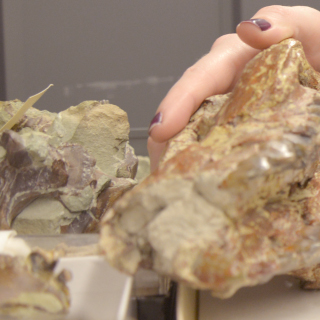People
Kallie Moore
Collections Manager aka Fossil Librarian
Kallie Moore preserves and organizes the large fossil collection, supervises student and volunteer help, constructs and updates displays, manages loans, and coordinates public outreach events.
In 2017, Kallie became a co-host and content consult for PBS Eons, a YouTube channel that explores the history of life on Earth. Her debut children's book, Tales of the Prehistoric World, was released in the fall of 2022 from Neon Squid books.
Office: CHCB 105
Phone: (406) 243-2073
Email: kallie.moore@mso.umt.edu

Professor Emeritus George D. Stanley, Jr.
Past Director
George Stanley is a 2018 Professor Emeritus in the Department of Geosciences. He continues to conduct research, work with colleagues, and former students.
Email: retiophyllia@gmail.com
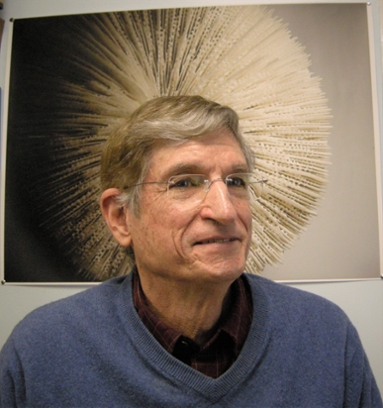
Past Contributors to the Collection
Since the University of Montana was founded in 1898, many people have worked to build the Paleontology Collection. Featured here are some of the major past contributors.
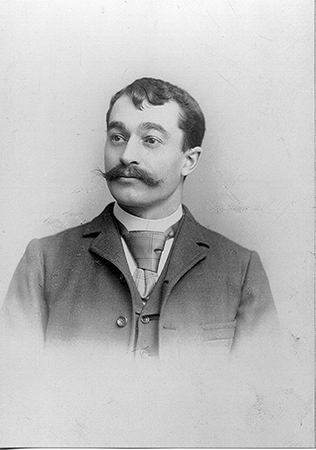
Earl Douglass
(1862-1931)
Douglass arrived in Missoula in February of 1899, and he received UM's first master's degree in June of 1899. Douglass had’t been working for the degree, “but for the love of work”. Although Douglass took his vertebrate collection to Princeton in the early 1900s, a few invertebrate specimens remain from his time in Missoula. Ten years after receiving his degree, Douglass discovered a huge cache of dinosaur bones along the Green River north of Jensen, Utah, soon after named the Douglass Quarry. Work at the quarry was financed by Andrew Carnegie, who was looking for a new and impressive exhibit for his museum. Through a fifteen-year excavation (1909-1924) the site yielded more than 350 tons of fossils and attached rock, which were shipped first by horse-drawn wagon and then by railroad boxcars to the Carnegie Museum in Pittsburgh. In 1915 President Woodrow Wilson proclaimed the site the Dinosaur National Monument. Many of Douglass' techniques are still in use today, including the tools he used and his grid-mapping systems.
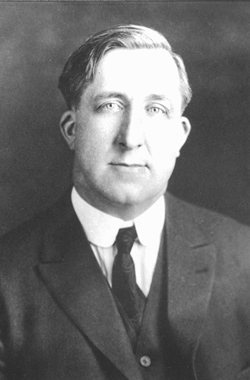
Charles H. Clapp
(1883-1935)
Clapp was one of the longest serving presidents in the University of Montana’s history from September 1921 until his death in October 1935. He successfully obtained several plots of land to expand the UM during the Great Depression and established the first freshmen week to introduce new students to the university, as well as adopting the new grading system requiring a “C” average to graduate. In all, 9 landmarks were erected during his presidency, including Shreiber Gym and the Social Science Building (then the University Library). Clapp also accompanied faculty on field trips and published papers on the geology of Montana. The Science Complex building was dedicated to Clapp in 1971.
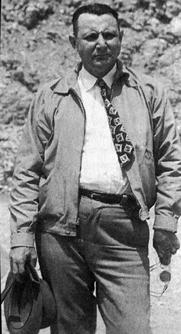
Charles F. Deiss
(1903-1959)
From 1928 until 1945, Deiss was a faculty member at UM and served as a consultant for the Montana Bureau of Mines and Geology. Deiss did extensive field work, traversing and mapping much of the northern Rocky Mountains, during his tenure. His most notable research was in the fields of Cambrian stratigraphy and trilobite paleontology. Much of this material and his associated field notes reside in the UMPC collection.

Robert W. Fields
(1920-1995)
Robert “Bob” Fields was a professor at the UM from 1955-1982. During this time he served as departmental chairman twice and developed courses in vertebrate paleontology, as well as assembled an amazing collection of vertebrate fossils. Bob’s research focused on the geologic mapping and biostratigraphy of the northern Rocky Mountain Tertiary basins. This research was funded in part by National Science Foundation grants and supported 14 graduate students.
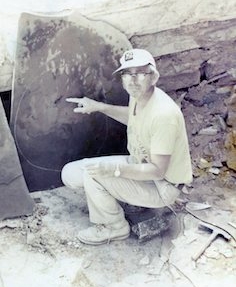
William G. Melton, Jr.
(1923 – 1991)
In 1966, after almost 10 years of working as the preparator of vertebrate paleontology at the University of Michigan, where he earned a Masters degree under Claude W. Hibbard, William “Bill” Melton joined the University of Montana as the curator of the collection. Two years later, an undergraduate student would introduce Melton to his next 20 years of research - the Bear Gulch Limestone fauna. Melton led extensive excavation trips that recovered over 5000 specimens of fish and invertebrates. As well as researching the Bear Gulch, Bill was the first to make a full inventory of the collection and start paleontology outreach to local schools with tours.
For more information regarding classes offered see the University of Montana course catalog.
